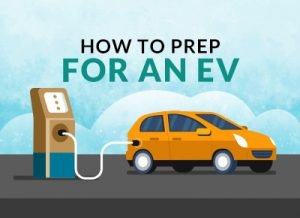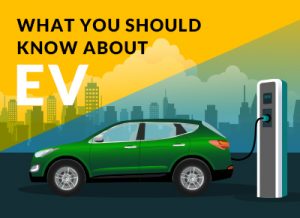Resources for Electric Vehicle Buyers
September 6, 2023

We’re here to help make the transition to electric vehicles smooth and simple. Use the EV resources below to learn more about the differences and potential savings that EV buyers enjoy.
Need a quote? Please email: pr@findthebestcarprice.com
EV Resources
EV Incentives & Calculator
See if you qualify for the full federal tax credit of $7,500.
How to Prepare for an EV
The change to an EV is not as challenging as some claim, understanding the current capabilities and infrastructure goes a long way.
What You Should Know About EVs
The transition of drivers switching to EVs is underway, and there are several potential surprises that we think you should know about!
More Resources
EV Car Deals for April 2024
Posted in Electric and Hybrid Vehicles |
Electric Vehicle Resources








